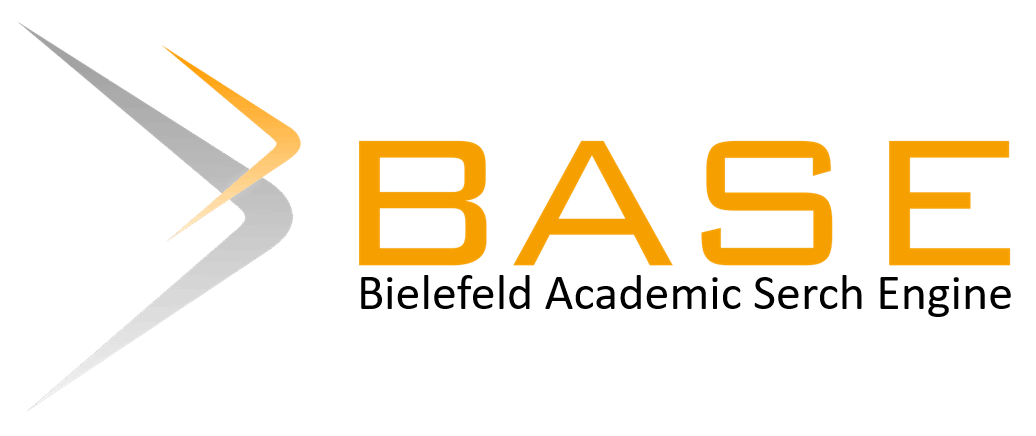| EDITORIAL TEAM |
| REVIEWERS |
| JOIN AS REVIEWER |
| JOIN AS EDITOR |
| PEER REVIEW PROCESS |
| FOCUS AND SCOPE |
| AUTHOR GUIDELINES |
| PLAGIARISM POLICY |
| OPEN ACCESS STATEMENT |
| COPYRIGHT AND LICENSE |
| PUBLICATION ETHICS |
| CONTACT |
| LOA REQUEST |
| VISITATION STATISTICS |
|
|
| COLLABORATIONS |
 |
| INDEXING |
|
|
Submissions
Submission Preparation Checklist
As part of the submission process, authors are required to check off their submission's compliance with all of the following items, and submissions may be returned to authors that do not adhere to these guidelines.- The submission has not been previously published, nor is it before another journal for consideration (or an explanation has been provided in Comments to the Editor).
- The submission file is in OpenOffice, Microsoft Word, RTF, or WordPerfect document file format.
- Where available, URLs for the references have been provided.
- The text adheres to the stylistic and bibliographic requirements outlined in the pedoman penulis, which is found in About the Journal.
-
After submitting the manuscript, authors are required to fill in the data at this link for correspondence purposes related to email delivery, revisions, LoA, and publication information.
The Submission ID is obtained after the submission is complete.
https://ejournal.iainpalopo.ac.id/index.php/PiJIES/author
Copyright Notice
Copyright notice:
Authors retain copyright and grant the journal right of first publication with the work simultaneously licensed under an Attribution-ShareAlike 4.0 International (CC BY-SA 4.0) (https://creativecommons.org/licenses/by-sa/4.0/) that allows others to share the work with an acknowledgement of the work's authorship and initial publication in this journal.
Authors are able to enter into separate, additional contractual arrangements for the non-exclusive distribution of the journal's published version of the work (e.g., post it to an institutional repository or publish it in a book), with an acknowledgement of its initial publication in this journal.
Authors are permitted and encouraged to post their work online (e.g., in institutional repositories or on their website) prior to and during the submission process, as it can lead to productive exchanges, as well as earlier and greater citation of published work (See the Effect of Open Access)





 This is an open access article under the
This is an open access article under the 